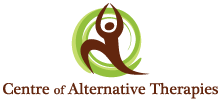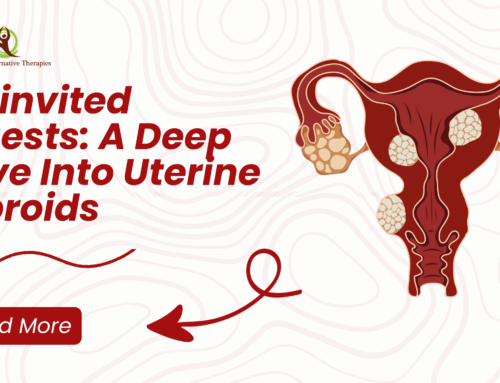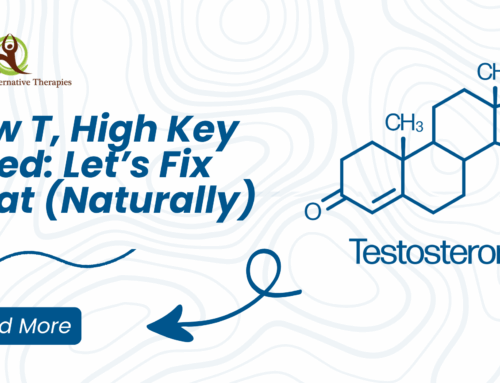What is Homeopathy?
Homeopathy, developed by the German physician Samuel Hahnemann, originates from the Greek words homoios, which means similar, and pathos, which means suffering. Homeopathy is a holistic, health philosophy and medical practice system that treats a disease specifically by the administration of minute doses of a remedy, that in larger amounts would produce symptoms in healthy persons, similar to those of that specific disease.
Individuals who specialize in homeopathy are named called homeopaths, even though other complementary health care professionals also practice homeopathic philosophy and make use of products for patient treatment. In Canada, Ontario is the only province that currently regulates homeopaths.
Homeopathic products come in numerous forms such as pellets, oral droplets, syrups, creams, and ointments and are generally low risk. These products are made up of substances that are derived from plants, minerals, or from animals.
It is important to be know that:
- Homeopathy is safe
- Homeopathic treatment addresses the root cause; hence enhancing resistance to disease.
- Homeopathy is ideal for all life stages
Homeopathic Product Regulations
Health Canada regulates homeopathic products as a type of natural health product. Health Canada reviews homeopathic products to make sure that they are safe and that health claims (what the product claims to do) are supported by textbooks, literature, and other references used in the practice of homeopathy (e.g., pharmacopoeia, Materia medica).
There are more than 8,500 homeopathic products approved by Health Canada and listed on their website database. Database listings are open to the public and details about specific products can be searched by entering the products DIN-HM number.
In the United States, homeopathic medicines are recognized and regulated by the Food and Drug Administration. The U.S. has long history with homeopathic remedies and in fact, the first textbook, the United States Pharmacopoeia of Homeopathic Medicine was published in 1897.
How Homeopathy Works
Like many things in science, Dr. Samuel Hahnemann, in 1796, discovered homeopathy by serendipity when studying the bark of the cinchona tree known for its ability to treat malaria. At the time of his experiment, Dr. Hahnemann was not suffering from malaria, however ingesting some of the bark, he noted symptoms remarkably like malaria. He theorized that a curative substance, when given to a healthy person, might cause symptoms of the disease being treated. He conducted experiments over the next several years with hundreds of other compounds and discovered similar findings. He formulated the three major laws of homeopathy which are:
- Like cures like, known as the “Law of similars”.
- The greater the dilution the greater its potency, known as the “law of infinitesimal dose”
- An illness is specific to the individual.
The basic belief behind homeopathy is “like cures like.” In other words, something that brings on symptoms in a healthy person can, in an exceedingly small dose, treat an illness with similar symptoms. In short, a tiny dose can trigger the body’s natural defenses. For example, red onion makes individuals eyes water and often used in homeopathic remedies for treat allergies.
The second law, the “law of infinitesimal dose“, which more recently researched by the German biophysicist, Dr. Wolfgang Ludwig, has shown that the hydrogen bonding angles of the solvents used in preparation of homeopathic substances is different than native water. He theorizes those homeopathic substances may carry some electromagnetic signal or other information carrying capacity.
The third law in homeopathy is that “an illness is specific to the individual“. In other words, a cold is not a cold and is rather unique to the individual who has the cold. It is those unique symptoms that should be exploited through the “Law of similars” to eradicate that cold most completely. The goal of homeopathy is to carefully match a person’s global symptoms complex with a specific medicine. The closer the match, the greater the likelihood of a successful outcome.
Another important aspect of homeopathy is what has come to be known as Herring’s Law. Dr. Constantine Herring is considered as the father of American homeopathy. He observed that the healing process progresses from the deepest part of the body to the extremities, from the emotional and mental aspects to the physical, and from the upper part of the body to the lower part of the body. Healing also takes place in a reverse chronological order, from the most recent maladies to the oldest. By understanding Herring’s law, homeopaths can determine if patients are indeed improving or developing new illness patterns.
Homeopathy Benefits
It is Individualized
Since a homeopathic remedy corresponds only to a particular disease, it must be customized to match the individual with that disease, a process we call “individualization.” The very same illness in another patient will most often be cured using an entirely different remedy. In short, two different remedies can cure two different patients with the same disease.
Helps to Build Resistance
According to the homeopathic way of thinking, a disease originates from a disturbance of the patient’s “vital force.” This is the life force energy that sustains life. As the origin of disease occurs at this “energetic” level, the homeopathic remedy has to also be equally on this level. Such an energetic medicine is “potentized” by diluting and succussing (shaking) the remedy. This method of preparation imparts considerable energy to each substance.



